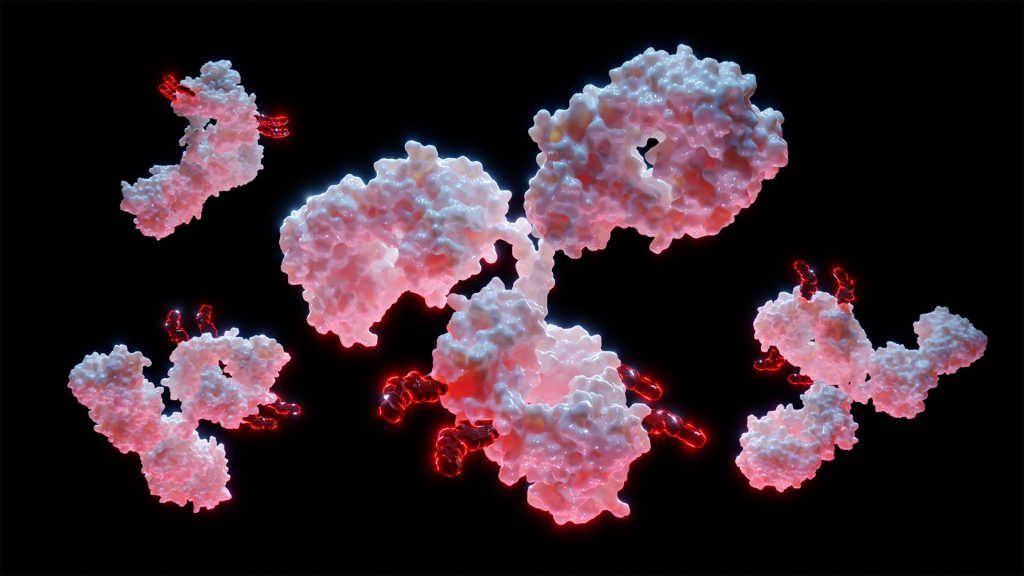
Investment in biotechnological research aimed at tackling climate change and addressing looming food security problems has been growing at an unprecedented rate. This has been aided by the rapid development of techniques available for plant genetic engineering and plant and animal cell culture. Whilst inventors in the medical field will be very familiar with the exclusion from patentability in Europe for “methods of medical treatment”, the European Patent Convention (EPC) contains another, less known, biological “process” exclusion directed at plant and animal-based inventions. However, for companies in the agri-tech space, awareness of this exclusion is key to understanding the best way to provide relevant protection for the process/product in question, and when alternatives to patent protection should be considered.
Patentability of essentially biological processes
The EPC excludes from patentability inventions consisting of “plant or animal varieties” or “essentially biological processes for the production of plants or animals” (Article 53(b) EPC). It is noted that this exclusion does not apply to microbiological processes or products thereof, for example, a new bacteria that is selected for a useful function. An “essentially biological process” is defined in the EPC as consisting entirely of natural phenomena such as crossing or selection.
Therefore, if an inventor produces a new variety of plant or animal through a process only involving sexual crossing, even if novel selection pressures are applied, then it may not be possible to patent that new variety or the process for making it in Europe. However, if the process involved an artificial genetic modification, for example adding or removing a gene through engineering, then the resultant plant, animal or process could potentially be patented, subject to the usual patent requirements. This is subject to the proviso that if the result is an animal, then it is likely that other patent exclusions may prevent patenting. For example, a European patent cannot be granted for processes for modifying the genetic identity of animals, which are likely to cause them suffering without any substantial medical benefit to man or animal, or animals resulting from such processes.
In the context of plants, the Enlarged Board of Appeal (EBA), which is the ultimate appeal body of the European Patent Office (EPO), has previously clarified that essentially biological processes are those which contain steps of sexually crossing whole genomes of plants and subsequently selecting plants. Therefore, patent claims directed only to such processes cannot be granted in Europe. However, if the claimed process involves an additional technical step (such as artificial genome modification), then the process could be patentable.
Patentability of products obtained by essentially biological processes
While the processes are excluded from patentability, the question as to whether the products of such processes are patent-eligible has been a highly debated subject at the EPO.
The latest development in this area was the controversial EBA decision G3/19, issued in 2020, resulting from a referral made to the EBA by the EPO President in 2019. G3/19 is a significant decision relating to the patentability of plants and animal products in Europe. Notably, this decision overturned the conclusion of the EBA in two earlier related decisions (in 2015) G2/12 and G2/13, commonly referred to as “Tomatoes II” and “Broccoli II”. In these latter decisions, the EBA determined that Article 53(b) EPC did not exclude from patentability products obtained by “essentially biological processes”, with the exception of plant varieties.
However, following G3/19, the current position is that plants or animals exclusively obtained by means of an essentially biological process are no longer patentable in Europe. This change in the EBA’s interpretation of the requirements followed an amendment of Rule 28 EPC by the Administrative Council of the EPO in 2017. Rule 28(2) EPC was amended to state that, under Article 53(b) EPC, European patents shall not be granted in respect of “plants or animals exclusively obtained by means of an essentially biological process”, a clearly contrasting position to that taken by the EBA in 2015. To provide legal certainty to both patent holders and patent applicants, the EBA adopted a “dynamic interpretation” approach to Article 53(b) EPC, enabling the conclusions of G2/12 and G2/13 to remain valid, whilst also acknowledging the validity of amended Rule 28(2) EPC. As such, the conclusion of G3/19 that plants or animals exclusively obtained by means of an essentially biological process are patent ineligible is applicable only to patent applications filed after 1 July 2017 i.e. following the amendment of Rule 28(2) EPC.
It is important to note that EBA decisions are not legally binding for national courts. As such, even patents granted with “allowable” claims prior to 1 July 2017 (according to G2/12 and G2/13) may be contested and considered unallowable before national courts. This is therefore an important consideration for patent owners, especially those with patents in multiple territories.
What protection is available?
Whilst decision G3/19 has made it harder for inventors in the agri-tech sector to obtain patent protection, it is important to note that meaningful protection, via patents or otherwise, is still possible.
Alternative intellectual property rights known as plant variety rights in the EU, and plant breeders rights in the UK, are available for the protection of new varieties of plants produced through crossing and selection and are intended to provide protection where patents cannot. These types of rights are, however, not available for animal varieties. For further information regarding this particular form of protection, see our corresponding article on plant variety rights. Furthermore, whilst specific plant and animal varieties are patent ineligible, such an exclusion is intended to be narrowly construed, and as such, protection can be sought for claims not solely directed at a specific variety i.e. directed to a species instead. This is however subject to the proviso that said species are not exclusively obtained by means of an essentially biological process. Finally, the exclusions to patentability outlined above, relating to both method claims and product-by-process claims, can be avoided via the inclusion of an additional step of a “technical nature”. This means that any plant or animal produced by a technical process that modifies the genetic characteristics of the plant or animal, as opposed to just selecting a plant or animal for sexual crossing, may be patentable (see EPO Guidelines, section G-II 5.4).
Whilst essentially biological processes and products obtained exclusively therefrom are patent ineligible, there may be aspects of these innovations that are patentable and which can be teased out given the right guidance.
Here at GJE, the biotechnology group has expertise in this area and will help you navigate the exclusions discussed above, enabling you to achieve your commercial objectives. To discuss your plant and biotech IP strategy, please contact us at biotech@gje.com.


